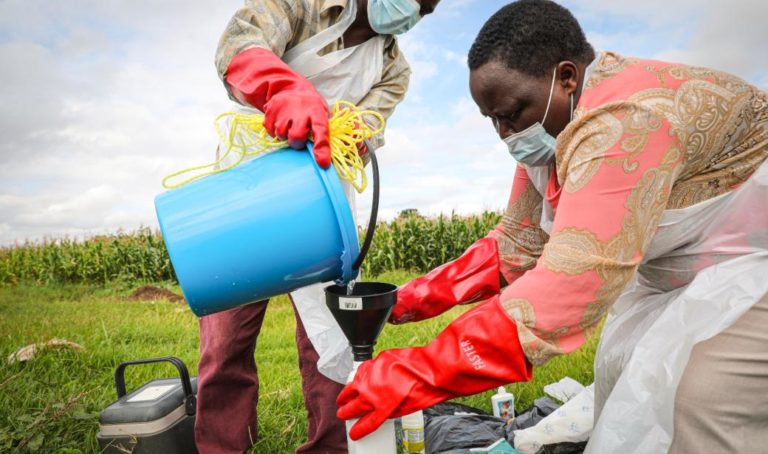
A method that first developed around polio elimination and matured during the COVID pandemic, is now being tested and used to track a much wider array of emerging disease threats. A unique symposium of scientists and public health experts at the Paris Sorbonne University last week looked at its promise and potential.
In April 2020, French researchers at the Sorbonne and the Obepine research network, [Observatoire Epidémiologique dans les Eaux Usées] realized that they could get an “early signal” of the trajectory of COVID-19 case incidence through wastewater surveillance. They began routine monitoring of some 200 large wastewater plants – an initiative that became a trend-setter in Europe and worldwide.
Wastewater-based surveillance has long been used to track polio as well as a handful of other deadly, waterborne diseases, such as cholera and typhoid. However, the COVID-19 pandemic proved to be a turning point in wastewater-based epidemiology (WBE) – popularizing the method and introducing it to the mainstream of national surveillance programmes.